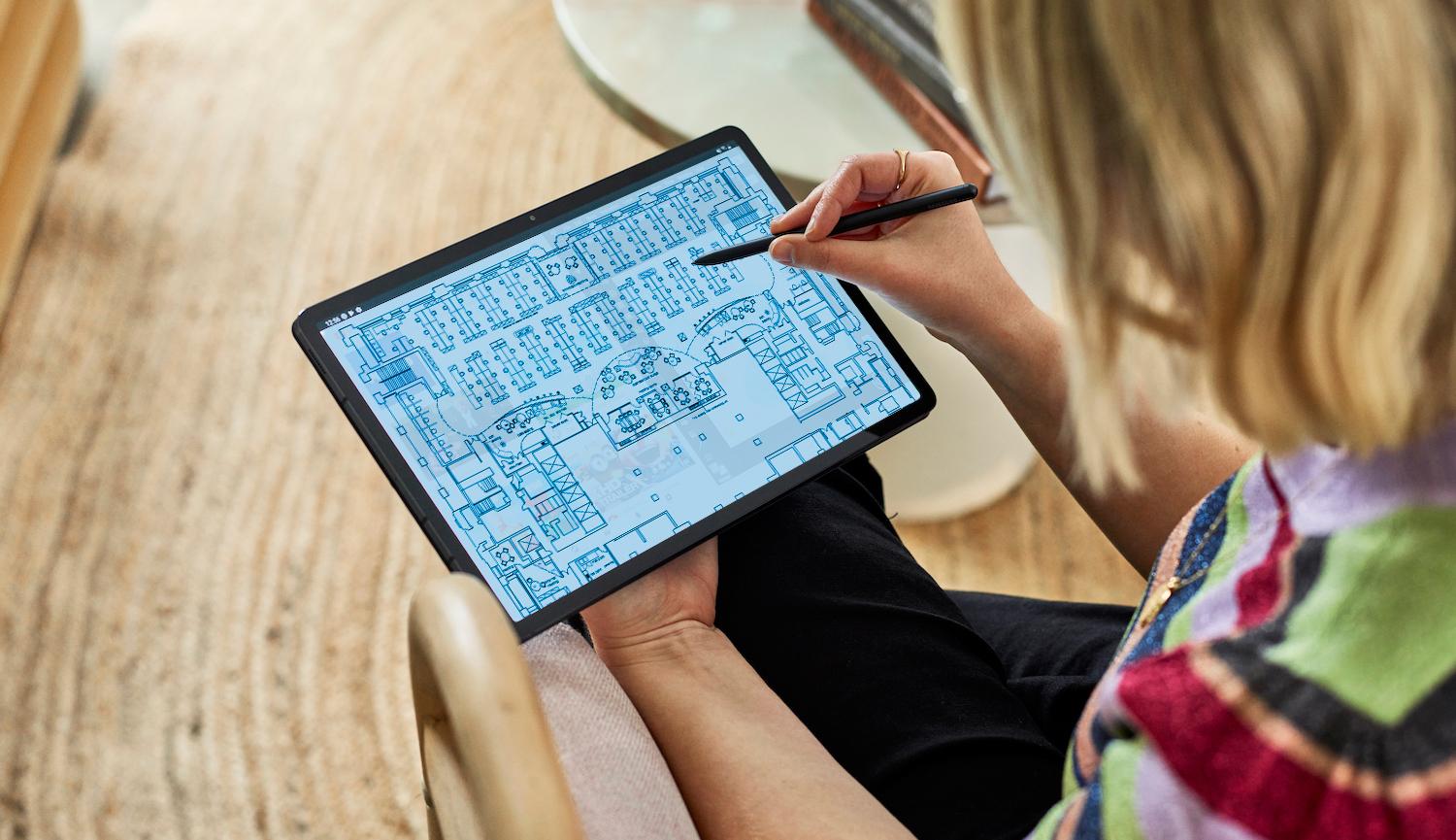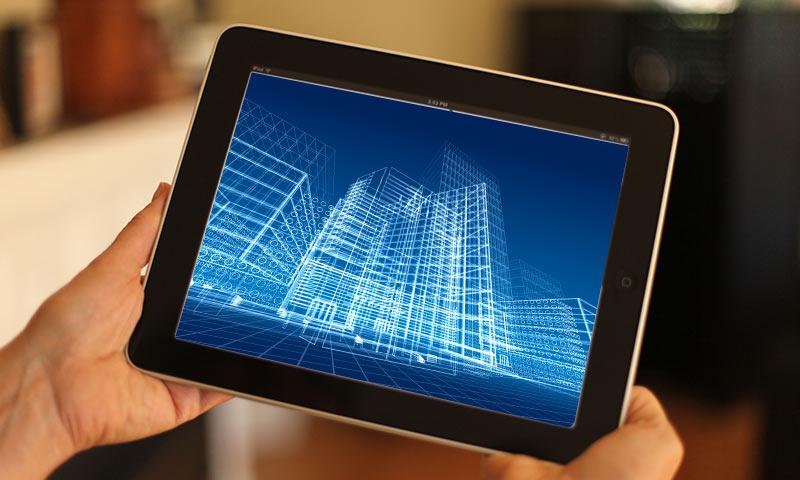As-Built Verification Surveys
Composite As-built Drawings

As-built drawings are the foundation on which IWMS systems are built. These drawings must be accurate, or else the reports the system produces cannot be relied upon. At most organizations, existing drawings are a mix of different formats and varying accuracy levels. Some drawings are in CAD format, others may be in PDF, JPG, or another electronic format. It is not uncommon that some older buildings’ drawings are still on paper. Even if they are electronic, they may not be current. Different sections of the building may have been constructed at different times, and none of the drawings may show a ‘total view’.
Our services group has extensive experience in developing CAD drawings. We have developed such drawings for hundreds of millions square feet of buildings. They cover numerous industries such as healthcare, education, government, and corporate. In most cases, we start with architectural layouts which are critical for space planning and tracking. Typically, source documentation consists of original design drawings, structural layouts and project drawings representing the projects that have taken place since the original construction. We develop composite floor plans – one per floor per building. This will be followed by field verification and updating the plans based on the field measurements.
Architectural CAD drawings will be followed by MEP utilities – mechanical, electrical, and plumbing. Here again, our process is the same: developing a set of composite drawings, field survey and validation and updating. The MEP drawings will consist of single-line riser diagrams and floor plans as overlays on top of architectural layouts Each discipline will consist of numerous layers – each covering one specific type of objects or data.
Drawing Standards: VLogic complies with national and international CAD standards. If you have set up your own standards, we could follow those standards.
Field Verification

Building surveys require a clear understanding of what is critical and what is just desirable on the drawings. Accurately defining the purpose is a prerequisite for successful surveys. Having surveyed hundreds of millions of building square feet, our field engineers know what they should be looking for.
Building Information Modeling (BIM)
Building Information Modeling is the new and evolving technology and approach for building design. It consists of 3D models along with all relevant data attached to objects. This technology enables professionals involved in various phases of a building’s life cycle such as design, construction, commissioning, and maintenance exchange information using industry-wide standards. Large organizations typically own their building documentation in a mix of both BIM models and traditional 2D models. VLogic’s approach is to make both models co-exist within the software system. We offer the services to build BIM models where they do not exist from existing 2D drawings along with field validation.

Frequently Asked Questions
Yes. If you do not have CAD drawings, we and our partners can help you develop them, using a combination of field surveys and drafting services. These drawings are required by our space management solution or can be used independently of our SaaS solutions.
Yes. We will send a technician to your facility.
Yes, but only if the above-ceiling components/systems are readily accessible to our survey team.
No. The field survey is normally charged separately, and not included in standard SaaS fees. However, VLogic is open to bundling amortized field survey fees into monthly SaaS fees, under a multi-year commitment.